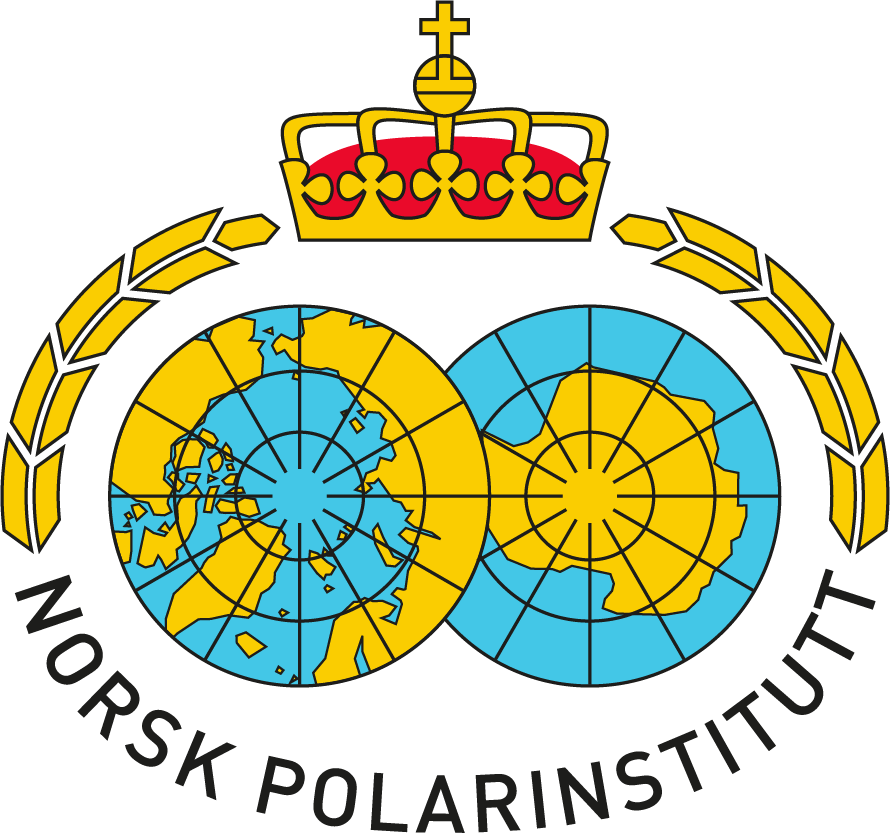International cooperation in the Arctic
In September of 1992, Norway and Russia signed an agreement to develop cooperation in the environmental area. In 1973 Norway signed an international agreement for the conservation of polar bears. Norway also participates in the Arctic Council, which consists of the eight Arctic countries Norway, Sweden, Finland, Denmark / Greenland, Iceland, USA, Canada and Russia, and representatives of indigenous groups in the Arctic.
